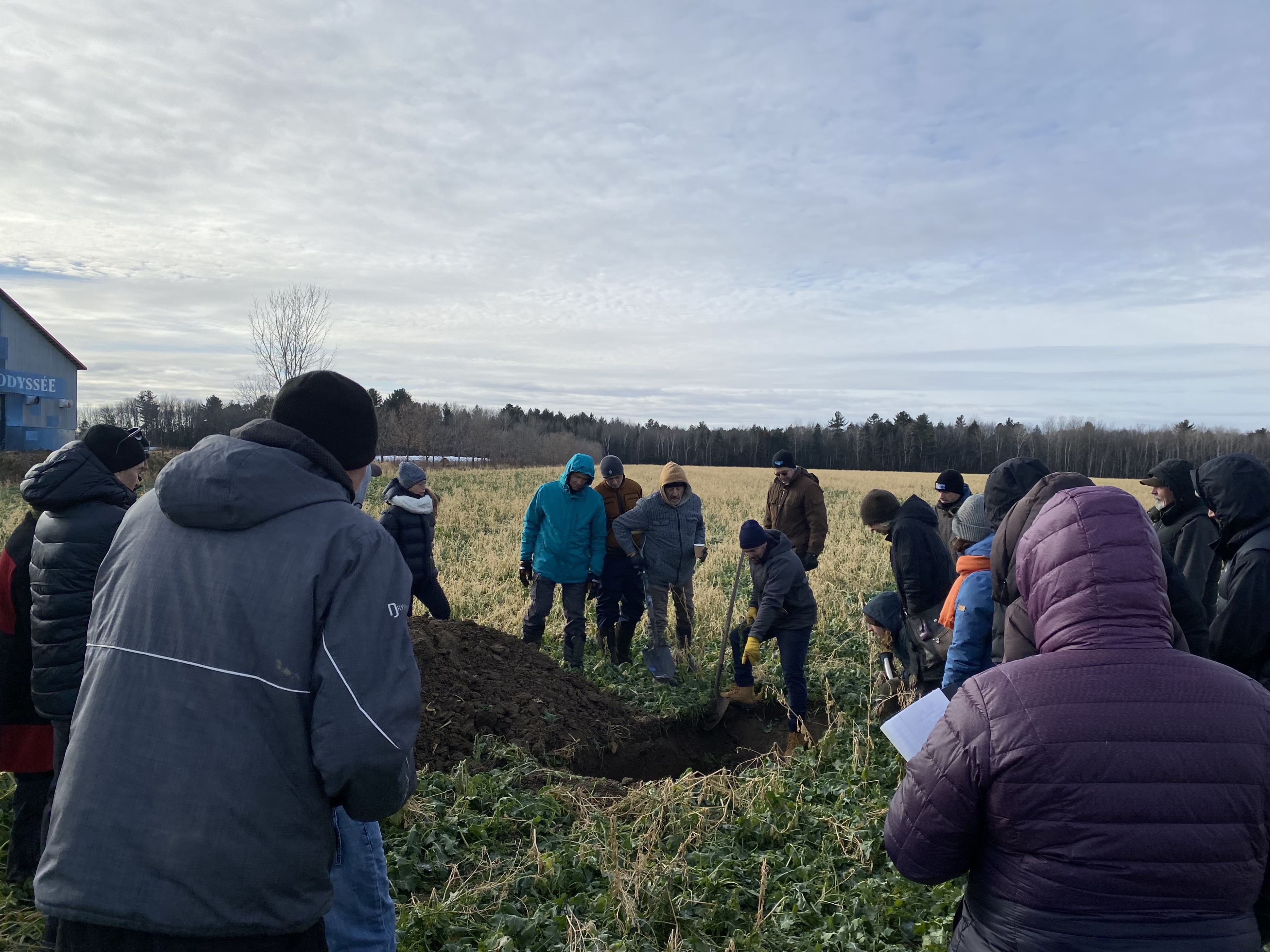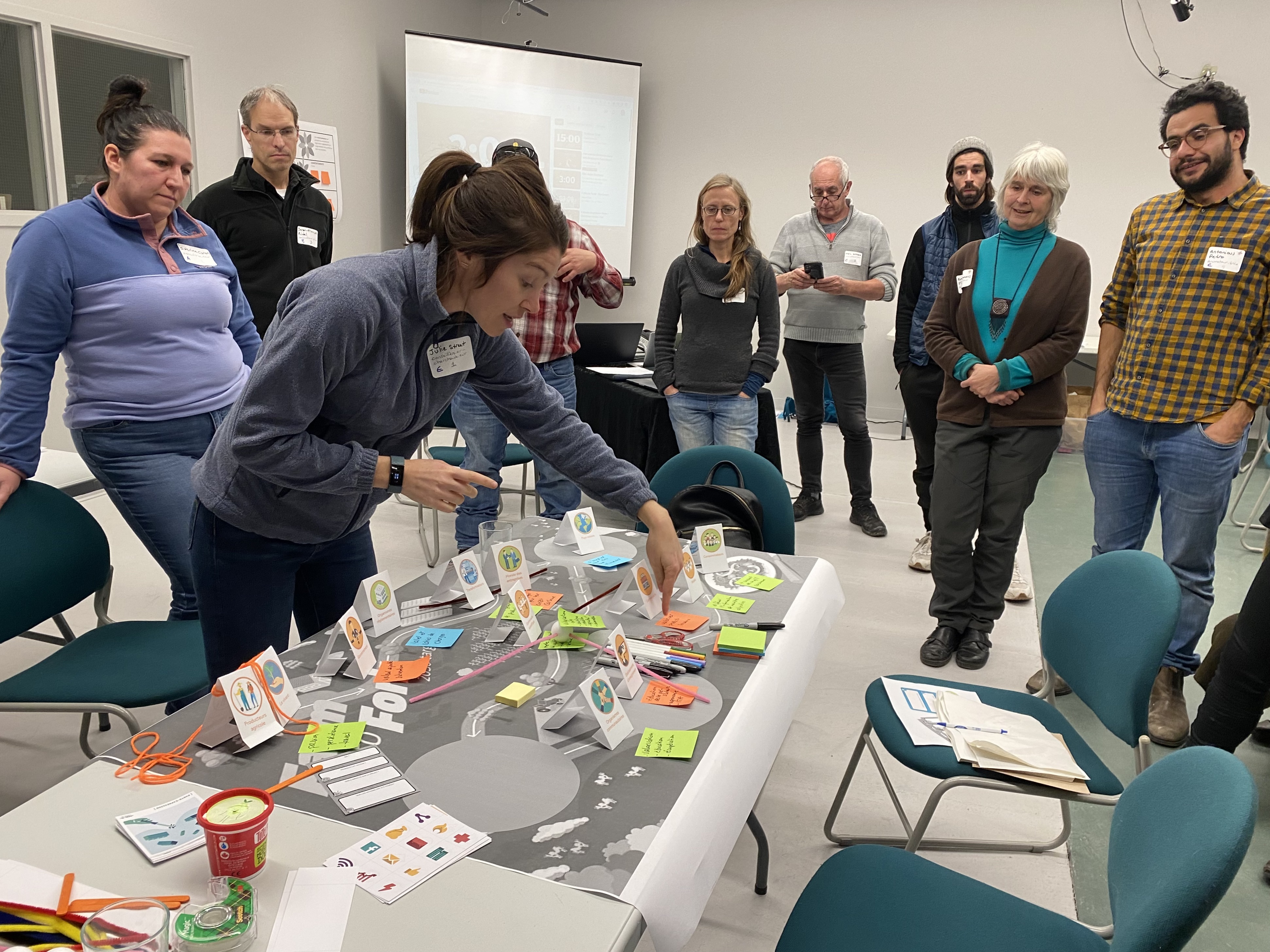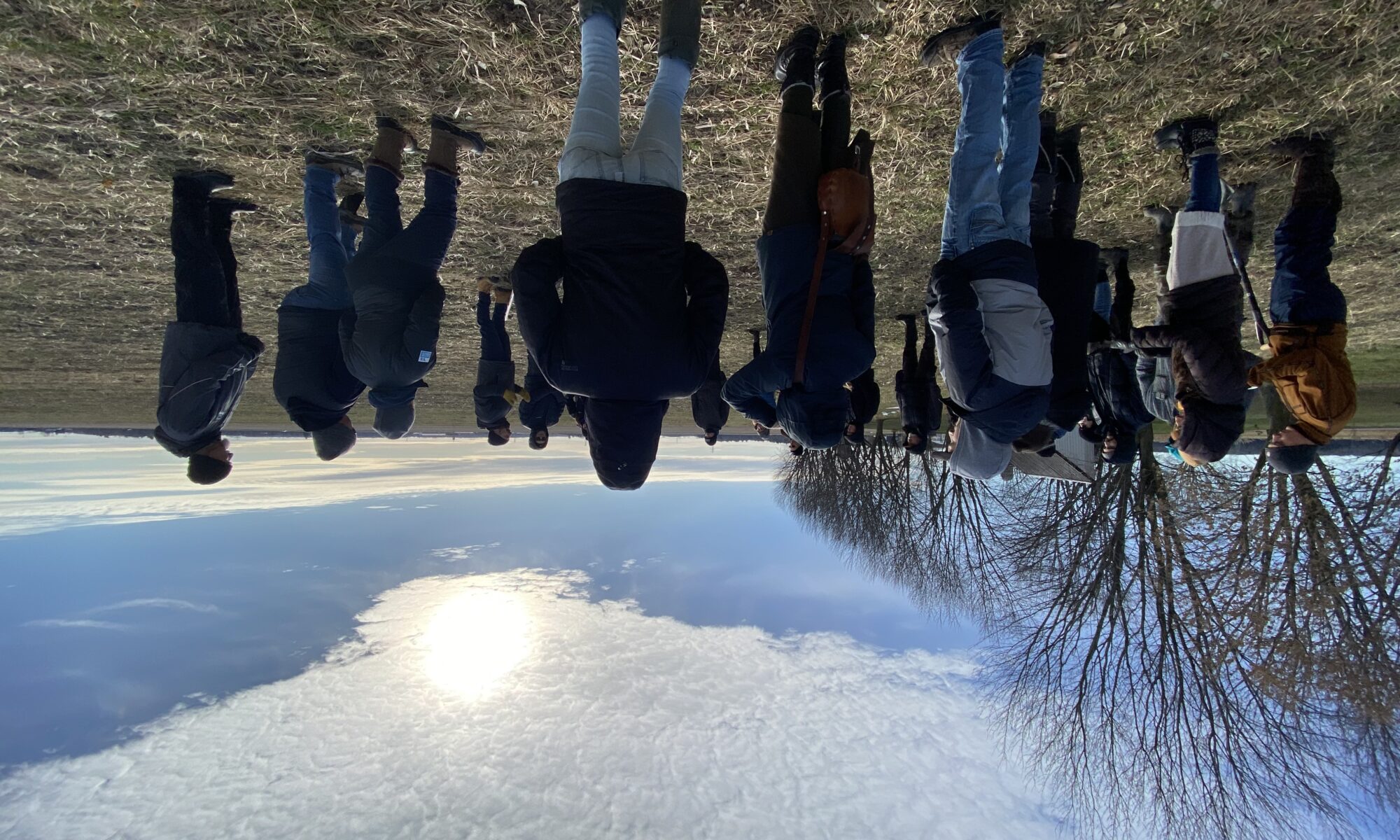On December 2nd 2022, Regeneration Canada co-hosted a day-long event in collaboration with Equiterre and Sébastien Angers from Ferme de l’Odyssée, in order to reflect on what inhibits and what propels the progress of regenerative agriculture in Quebec. More than 30 people gathered from different sectors to engage in this conversation with us.
Regenerative agriculture is growing. There are many innovative farmers, companies, consultants, consumers and even government policies that are getting involved and building the foundation for regenerative agriculture to be a revolution in our food system. As a society, we need this to happen. If we are to achieve the landscape-level environmental benefits that can come from regenerative land management, it needs to grow and grow quickly before climate change wreaks havoc on our food system. Increasing frequencies of droughts, floods and fires are real and growing threats to our food security.
Yet regenerative agriculture is far from the norm still. In any developing movement, it begins with the early adopters. But a trend needs to cross the chasm to become a cultural norm. There needs to be a groundswell which creates the conditions for those other than the pioneers and trend setters to get involved. What are those conditions? What will it take for our food system to become regenerative?
This is the big question we have been asking ourselves. Last December 2, Regeneration Canada hosted a day-long event in collaboration with Equiterre and some of our farmer members at Ferme de l’Odyssée. The event was proposed by Sébastien Angers, a very innovative early adopter. It was facilitated by Geneviève Therrien, a specialist in social innovation and design thinking. The idea was to have a collective brainstorming session with a small group of different players involved in the food system. We brought together regenerative farmers, consultants, food buyers, distributors and transformers, as well as consumers for a creative day of thinking out of the box.

The day began with a tour of the farm fields, looking at Sébastien’s cover crops, still green in the chilly December air, and checking out a soil profile. Sébastien shared with the group his journey and his challenges in becoming a regenerative farmer. Since 2020 he has established a partnership with Prana Bio, a company which commercializes blends of nuts, seeds and dried fruits. He has begun to grow hulless seed pumpkins to supply pumpkin seeds to Prana. He and Marie-Josée Richer, the founder and director of Prana, are interested in marketing them with a regenerative label.
After seeking warmth indoors, and a delicious lunch, Geneviève led us in group exercises where we played with sticky notes, big sheets of paper, and even did some group artwork, to let our minds be free and unleash collective creativity.
One of the glaring questions we face is how do we communicate to all of society what regenerative agriculture is? There is a tremendous amount of confusion. Many people have never heard of it, others have only a vague idea of what it is. Is some type of certification necessary to bring regenerative labels onto our products? How should that be done? Many people are wary of going the way of organic certification. They feel that it sets the bar too high for many farmers. While certification has succeeded in growing the organic movement, organic farming represents less than 5 % of all agricultural land in Canada. We need to recognize that the path to regenerative is a journey and to make it accessible to more farmers if we want to get the large-scale adoption needed. Should farmers get paid for providing ecosystem services? How should that be done? Some people are wary of going the route of carbon markets. There are concerns about separating and monetizing carbon without recognition that other ecosystem services such as water infiltration and biodiversity go hand in hand with soil carbon. A healthy living ecosystem is measured by so much more than carbon.

We had a very convivial time, and found a lot of commonalities in our thinking. Everyone agreed that change needs to be championed by multiple stakeholders with a common vision, and that regenerative farmers need to lead the way. Nevertheless, we did not answer all the questions. Indeed, complex questions like these need a great deal of discussion. We feel that broad consultation with a multitude of stakeholders is the way to come to solutions that will be effective. Too often solutions are generated by one group of stakeholders without adequate consultation and these ultimately will fall short. As a unique organization which brings together a broad group of stakeholders, we feel that Regeneration Canada and our partners have a role to continue facilitating these farmer-led conversations. In the process of design thinking, we bring people with different perspectives together to ask how we can communicate and build confidence between the different sectors within the food system. We look for emergent solutions. No one has all the answers but in the process of meeting and hearing one another, solutions are born.

Our day of design thinking is only a beginning as we begin to have these important conversations with more groups of stakeholders.
Read the full report on the day’s activities at this link. For an attendee’s perspective on the event, check out Paul Caplette’s article ‘Santé des sols: Le pouvoir de la cocréation’.




